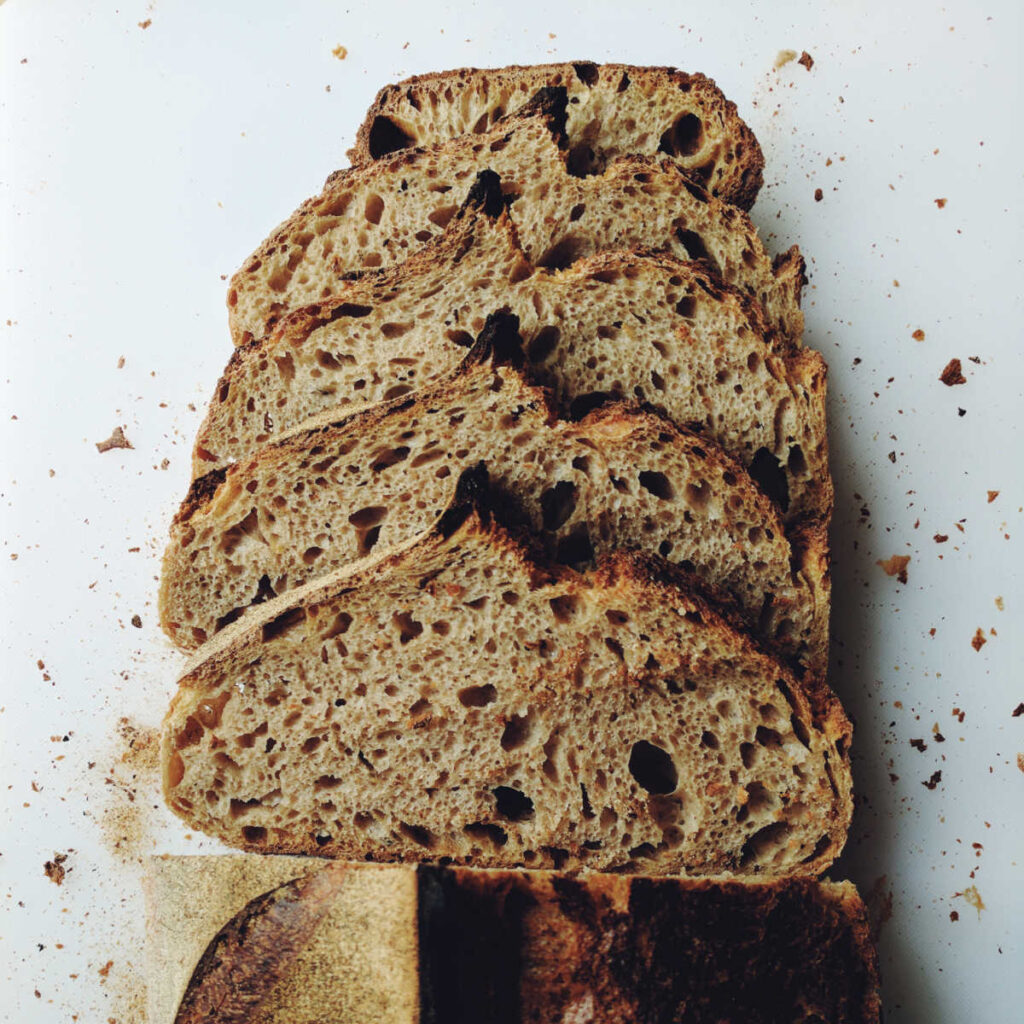How to Tell if a Starter Is Bad
I always think that sourdough bread making is partly an art and partly science. There are lot of things that can go wrong or can have a negative effect on the final taste, crust and look of your bread.
But it all starts with a sourdough starter! If your sourdough starter is not good, not strong enough to rise the bread, then you will end up with a tough bread with an enclosed or gummy texture.
So, how do you tell if your sourdough starter is bad?

The sourdough starter is flat on the top and there are no bubbles
This is one of the most obvious signs of bad sourdough starter. The top of the sourdough starter will be flat with no visible air bubbles and no signs of live.
There are no bubbles visible from the side of the jar
The next obvious sign is no bubbles on the side of the starter container either.

The starter didn't raise at least double in size since you've refresh it (fed it) last time
This is sign of slightly underperforming sourdough starter and the chances are that with a little bit of love and tender care you can revive your sourdough starter and nurse it back to health.
One solution is to feed your sourdough starter twice a day (instead of just once a day).
You have left your sourdough starter in a room temperature and forgot to feed it
If you leave the sourdough starter in a warm environment the yeast carries on developing until it hasn't got anywhere to go. If you don't feed the starter (add fresh flour) the wild yeast soon runs out of food and will start to die off.

The starter has developed mould
This is an obvious sign of sourdough starter neglect and it's more serious than just not feeding it. You can try to revive the sourdough starter by removing the mould and taking out a small amount of sourdough starter that has not been compromised.
The starter has a black water on the top
If you leave your sourdough starter for too long without feeding, it might develop a black layer of water on the top and the water separates from the rest of the flour mix.
How to fix this – remove the black water, move the sourdough starter into a new container, feed it and keep it in warm.
The starter smells very acidic and strong
This can happen if you leave your sourdough starter in higher temperature environment than recommended 23-25C ( lower temperatures are fine). You can try to mellow the acidity by removing some of the sourdough starter and feeding the rest with fresh white flour.
What to do if my starter is bad?
Depending on how bag it is, you could first try to revive your sourdough starter. If that doesn't help, then you can use the starter for baking or flavouring bread, pancakes etc. This is under the understanding that the sourdough starter is cleaned (no black water on the top, no mould) and moved to a clean container.
If the sourdough starter has too much mould or smells really bad, then I would probably just used it for other domestic purposes (such as making playdough, flour glue etc.) or binned it.
Reader Interactions
How to Tell if a Starter Is Bad
Source: https://www.cocoaandheart.co.uk/bad-sourdough-starter/